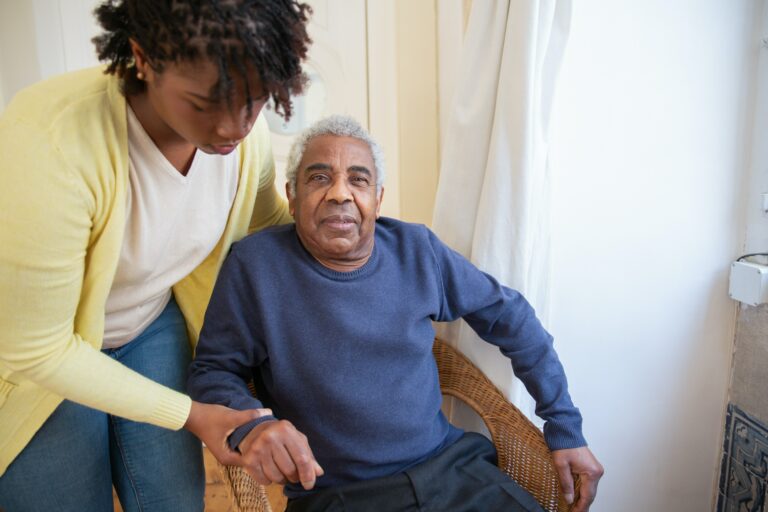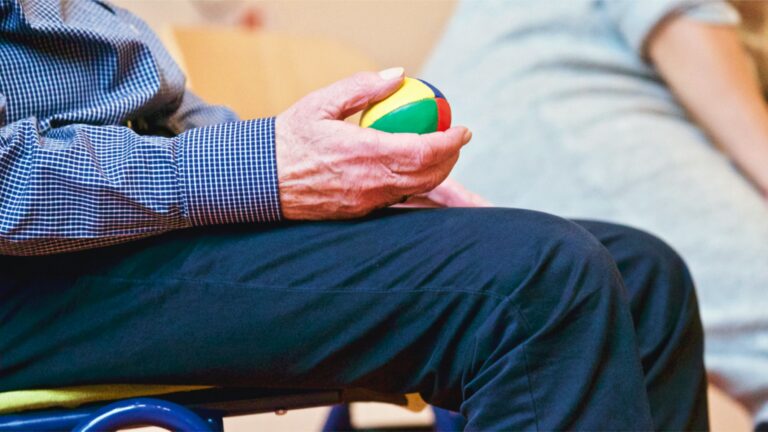
What Should I Know About Parkinson’s Disease?
Parkinson’s disease is a progressive disease of the brain and nervous system that impacts an individual’s ability to move. However, those with the disease can have a range of symptoms, some unrelated to movement. Not everyone with Parkinson’s will have the same symptoms or experience them to the same degree.
VeryWell Health’s recent article, “Researchers Find 2 New Early Signs of Parkinson’s,” notes that common Parkinson’s symptoms include the following:
- Motor symptoms
- Muscle stiffness
- Slowness of movement
- Tremors
- Non-Motor Symptoms
- Constipation
- Low blood pressure
- Sexual dysfunction
- Frequent urination, incontinence, or difficulty emptying the bladder
- Mood or Cognition Problems
- Apathy
- Memory problems
- Depression, anxiety, and
- Psychosis.
Other Symptoms include:
- Drooling
- Pain
- Decreased ability to smell
- Speech problems
- Changes in vision
- Sleep problems
- Excessive daytime sleepiness; and
- Fatigue.
The timing of when a person starts having symptoms that could be a sign that Parkinson’s can also impact when they will be diagnosed. The new study found that many common symptoms of Parkinson’s—like tremors and memory problems—may appear many years before the diagnosis.
“Tremor, which is one of the most recognizable symptoms of Parkinson’s, was seen ten years before eventual diagnosis in our study,” Cristina Simonet, MD, a neurologist and a PhD candidate at Queen Mary University of London and the lead author of the study, told Verywell. “This is too long for patients to wait.”
Primary care providers play a critical part in recognizing the symptoms of Parkinson’s sooner. If they do, they can refer a patient to a specialist to diagnose or confirm it. There’s no cure for Parkinson’s. However, an earlier diagnosis is the key for ensuring that patients can access support sooner.
Reference: VeryWell Health (March 30, 2022) “Researchers Find 2 New Early Signs of Parkinson’s”








